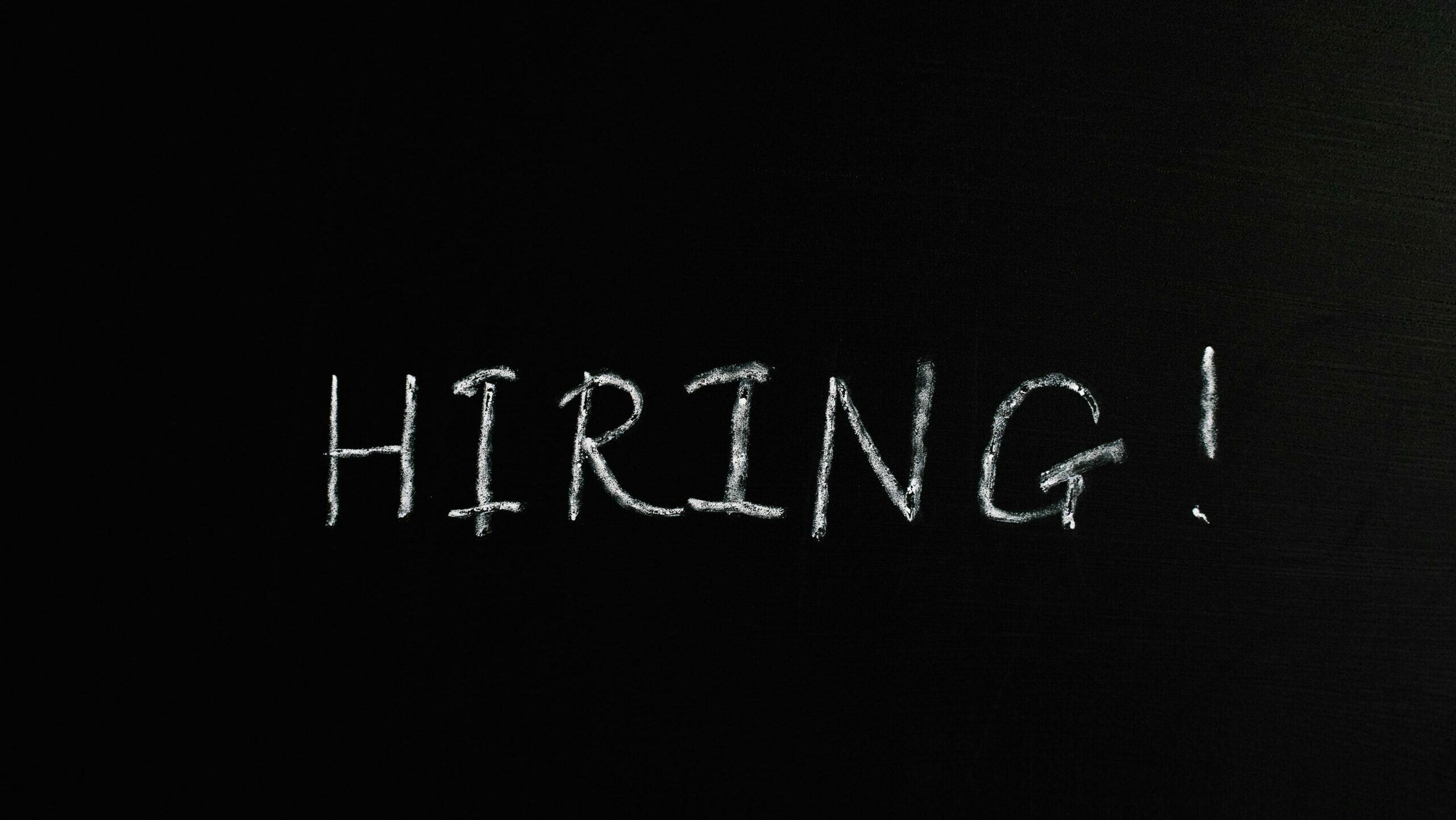Tailor Your Resume (aka: Stop Sending the Same One to Every Job)
Okay. Picture this:
You find a job that actually sounds kind of perfect. You hit “apply” with your usual resume and think, “This’ll do.”
Spoiler: it probably won’t.

Not because you’re not qualified—but because hiring managers can smell a copy-paste resume from a mile away. And they’re going to give their attention to the one that feels like it was made for this role.
That’s where tailoring comes in.
Good news? It’s not about rewriting everything from scratch.
It’s about highlighting the right things, cutting the fluff, and making it stupidly obvious why you’re a great fit.
✂️ Step 1: Actually Read the Job Description (Yes, All of It)
Don’t just skim. Read it like you’re trying to solve a mystery.
Ask yourself:
- What are they really looking for?
- What words do they keep repeating?
- What seems to matter more than anything else?
These are your keywords—and your resume should reflect them. Not in a robotic way, but in a “yes, I speak your language” way.
🪞 Step 2: Mirror the Job, Not Your Whole Life Story
Your resume isn’t a biography. It’s a pitch. So highlight the stuff that connects to this specific job—and cut the stuff that doesn’t.
Let’s say you’re applying for a marketing role:
✅ Include: “Created social media campaigns that increased engagement 35%”
❌ Maybe skip: “Managed inventory at summer camp snack shack in 2014” (unless the job involves snacks—then, maybe.)
Every bullet point should answer: Why should they hire you for this role?
🎯 Step 3: Start With a Headline or Summary That Hits Different
Not required, but super helpful.
Instead of the usual “Motivated self-starter with a passion for excellence” blah-blah… try this:
Marketing strategist with 4+ years of experience turning chaotic content plans into scroll-stopping campaigns. Looking to bring that energy to [Company Name].
Short. Real. Specific. No buzzword salad.
🔄 Step 4: Rearrange Your Experience Like a Pro
If you’ve done a bunch of different things, lead with the most relevant experience—even if it’s not the most recent.
Your resume isn’t chronological gospel—it’s a strategic highlight reel.
Put the good stuff where their eyes go first.
🧠 Step 5: Use Numbers (Even If You’re Not a Math Person)
Hiring folks love numbers. Percentages, time saved, money made, whatever.
Instead of:
- “Wrote blog posts”
Try:
- “Wrote and optimized 30+ blog posts, increasing organic traffic by 60% in six months”
Don’t have data? Estimate. Use ranges. Just make it feel tangible.
🔧 Step 6: Tweak the Little Stuff Too
Update:
- The job title (if your actual one was weird, use something more recognizable)
- The skills section (match it to what the role is asking for)
- The file name (don’t send “Resume_Final2_v3_DRAFT.pdf”—just… don’t)
Also: triple-check the company name. Spelling it wrong = instant heartbreak.
🙃 Step 7: Accept That It’ll Never Feel “Done”
You’ll always find something to tweak. That’s okay.
Set a timer. Give it a solid 30 minutes. Tailor it, proof it, send it, and move on. Don’t let perfection stop progress.
💬 Final Thoughts: Tailoring Is Annoying. But It Works.
Yeah, it takes extra time. But if you’re applying to jobs you actually care about, it’s worth it.
A tailored resume says, “Hey, I see what you’re looking for—and here’s how I match it.” And that makes it way easier for a human (or hiring robot) to say, “Let’s talk.”
So don’t overthink it. Just connect the dots. Show them who you are—and why you’d be a great fit.
You got this.







